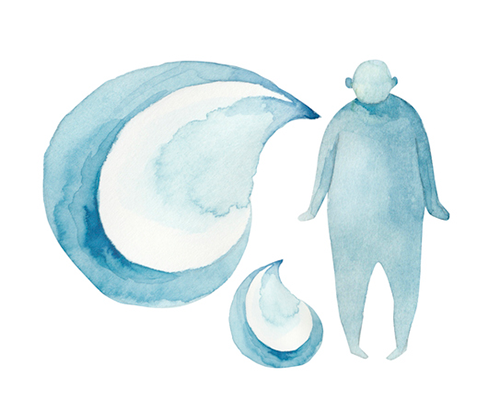Ayurveda: What You Need to Know

Ayurveda is often touted as an alternative to traditional medicine, but what exactly it is can be elusive for many people.
Is Ayurveda an herb? A religion? A treatment like acupuncture?
No, says Siva Mohan, M.D., M.P.H., a professor of yoga philosophy at Loyola Marymount University.
“A common misconception is that Ayurveda is just a way of eating, but it’s so much more than that.”
What Is Ayurveda?

Ayurveda (pronounced eye-er-VAY-duh) is an ancient system of natural and holistic healing with roots in the Vedic culture of India.
Translated literally, Ayurveda means “knowledge of life,” and is based on the principle that everything in life — food, relationships, work, environment, age — is interconnected and can have a positive or negative impact on your overall health and wellbeing.
How your body is affected by these outside energies is said to be determined by the three life forces, known as doshas, that regulate your body’s major functions. The three doshas comprise five basic elements of life: water, earth, air, space, and fire.
“Think of it like an energy mapping system,” Dr. Mohan says. “If you have the awareness of the pattern and where it’s coming from, you can apply tools and shift energy patterns” to bring your body back into balance.
Among those tools, Ayurveda employs herbal, dietary, yogic, meditative, colonic, massage, and other treatments, which have evolved over the system’s nearly 5,000 years of practice.
More than 90 percent of India’s population uses Ayurvedic medicine as their primary healthcare, according to the University of Minnesota’s Center for Spirituality & Healing. The National Institutes of Health (NIH) reports nearly a quarter-million Americans do as well.
The fundamental difference between Eastern and Western medicine is in the approach: Ayurvedic medicine aims to restore health through an individualized approach based on the doshas, while Western medicine is based on treating disease.
Ayurveda’s 3 Doshas
In Ayurveda, each person cultivates a mix of the three doshas, or life forces, said to control different bodily functions, one more dominant than the others.
Vata (fire)

Vata is typically said to be the strongest of the doshas and governs movement.
“Its primary location is in the large intestine, with secondary locations in the nerves, bones, ears, and body cavities,” Dr. Mohan says. “Vata is responsible for movement of nutrients into the cell and the circulation of nutrients with the cell.”
It is believed that when vata is off balance, the body responds with physical pain in the form of gas, constipation, anxiety, racing thoughts, and a rapid heart rate.
Pitta (air and space)

Pitta dosha is largely associated with appetite, digestion, and metabolism.
“Its primary location is in the lower half of the stomach and small intestine, with secondary locations in the blood, skin, sweat glands, liver and spleen,” Dr. Mohan says.
Kapha (earth and water)

Kapha dosha is linked in Ayurvedic tradition with muscle growth, strength, stability, weight, and the immune system.
“When kapha is out of balance, the chief symptom is swelling,” Dr. Mohan says. “Other signs of kapha excess include nausea, pale complexion, weight gain, and congestion.”
Does Ayurveda Work?
According to the NIH National Center for Complementary and Integrative Health, there is little scientific evidence of the efficacy of Ayurvedic medicine for most health issues.
Your best bet: Use Ayurveda in conjunction with more modern care — and always let your doctor know about any extra supplements or treatments you’re taking. Otherwise, you could be harming, not helping, your health.
